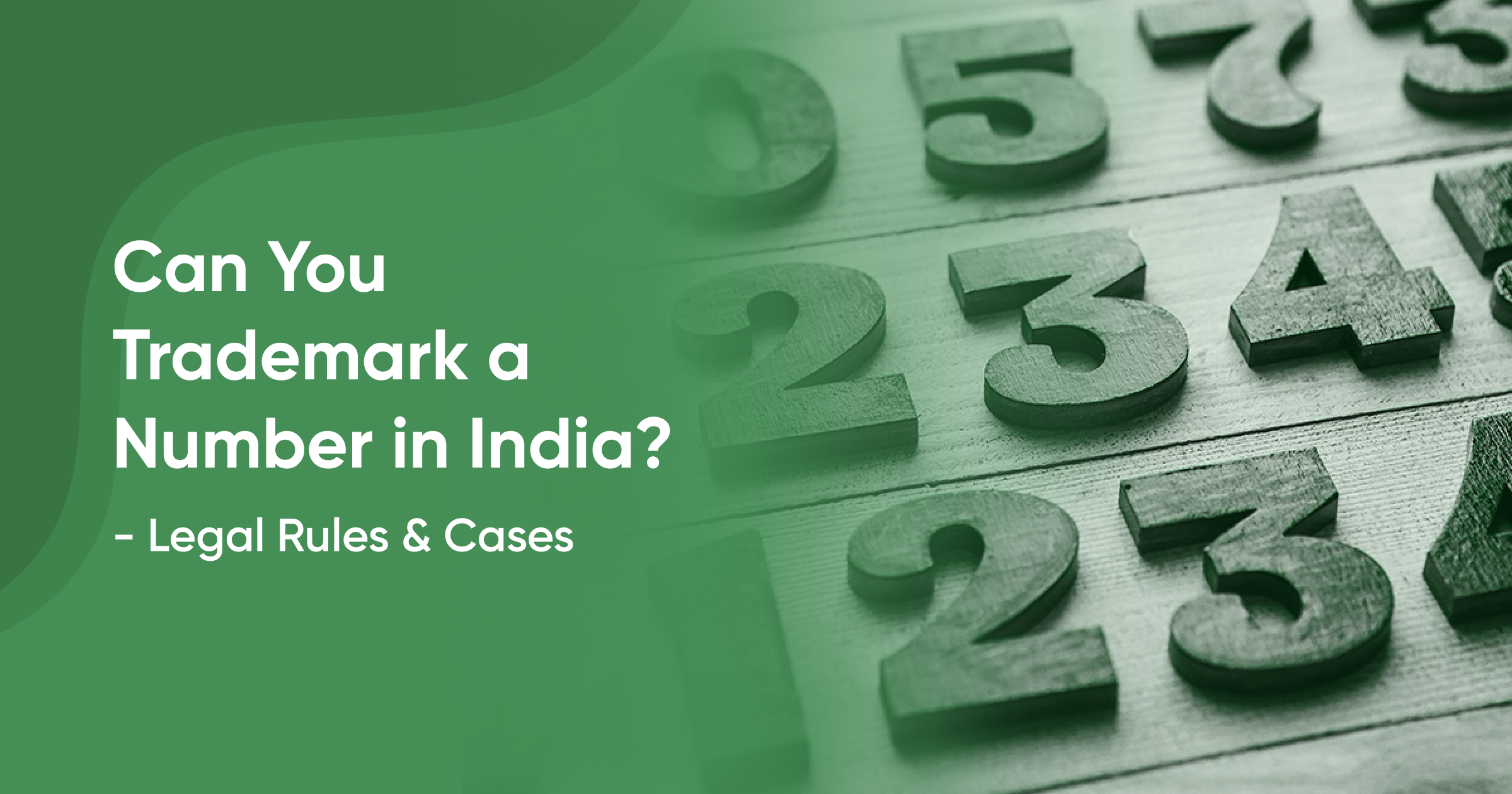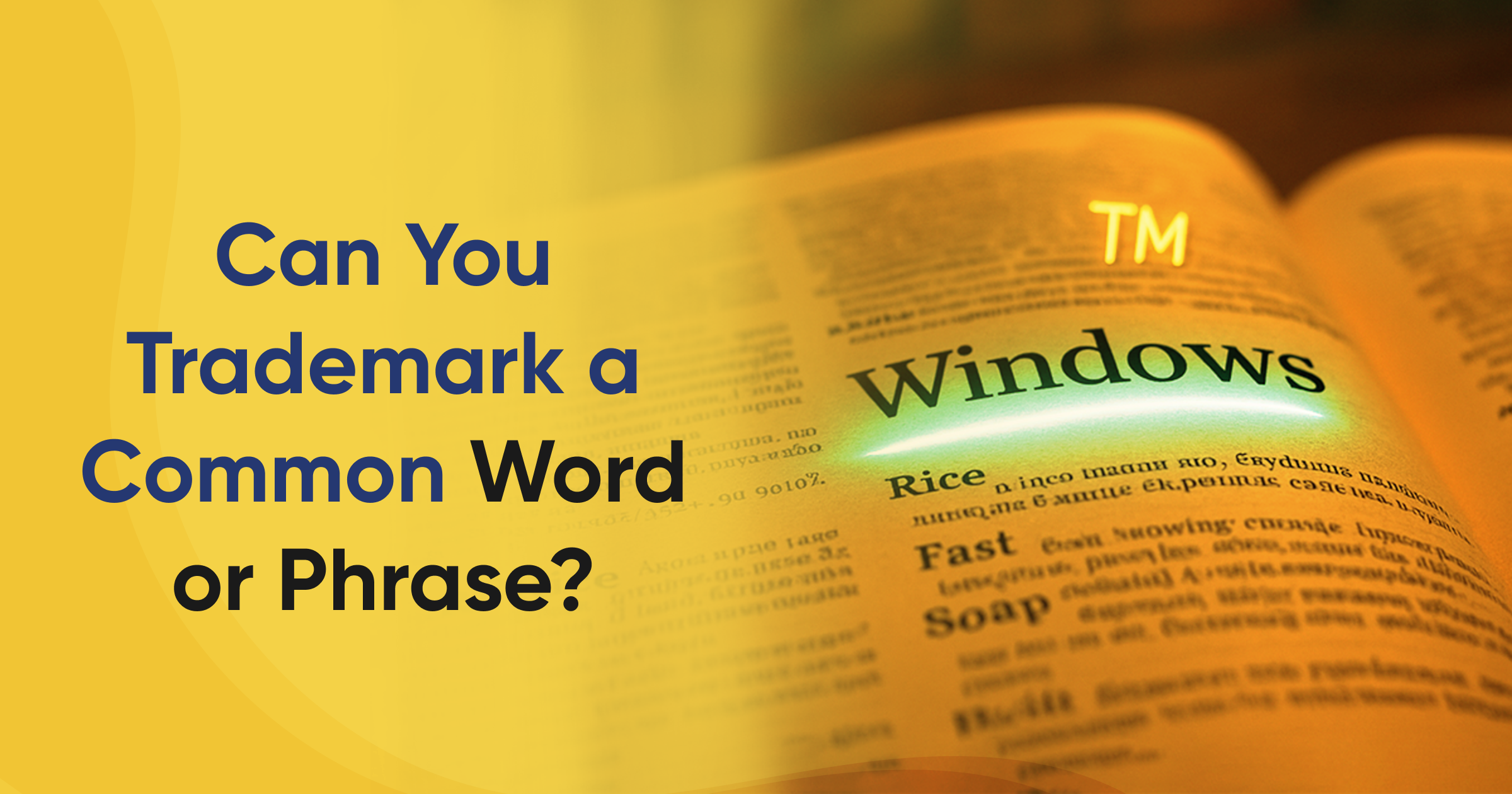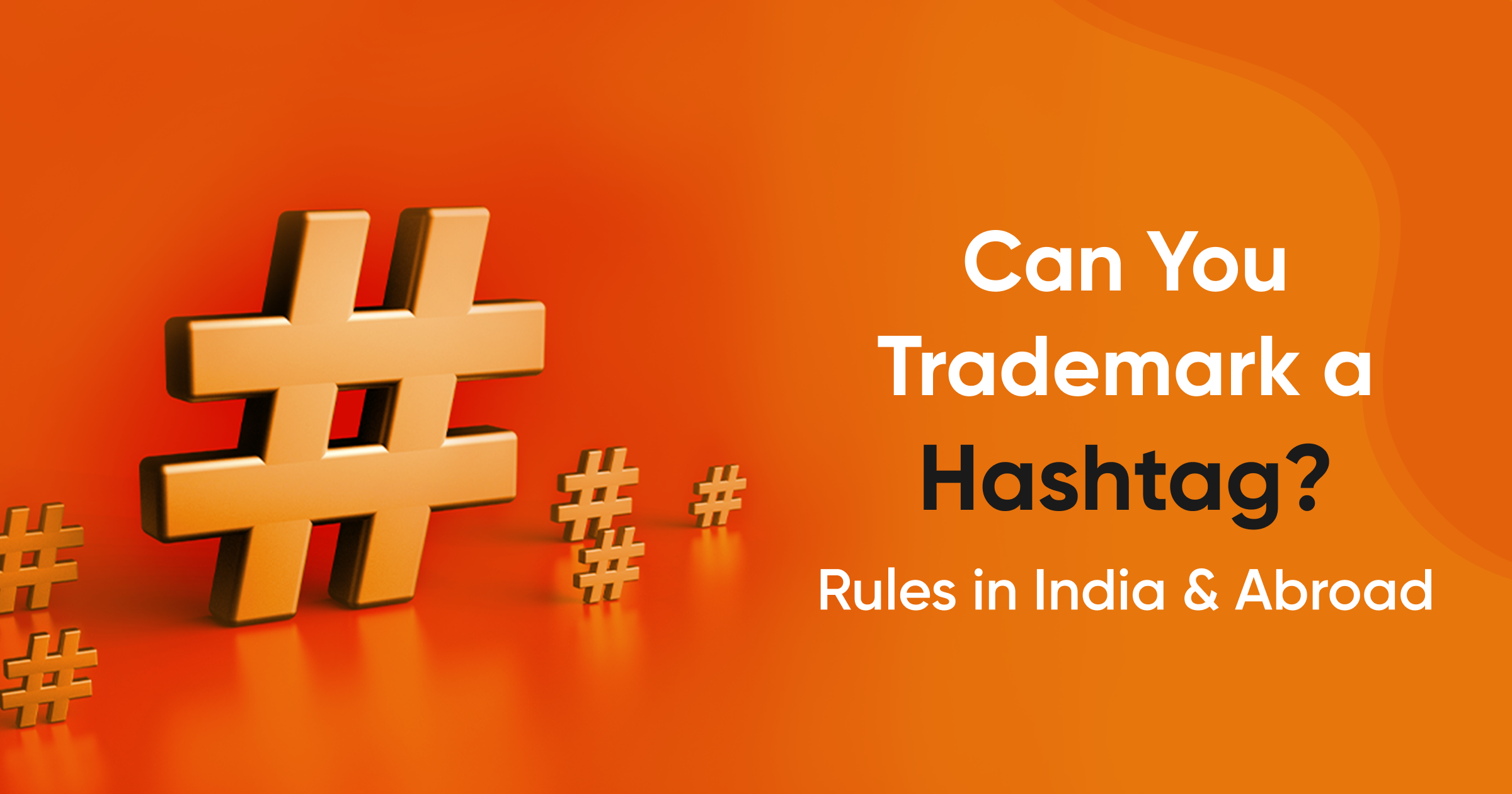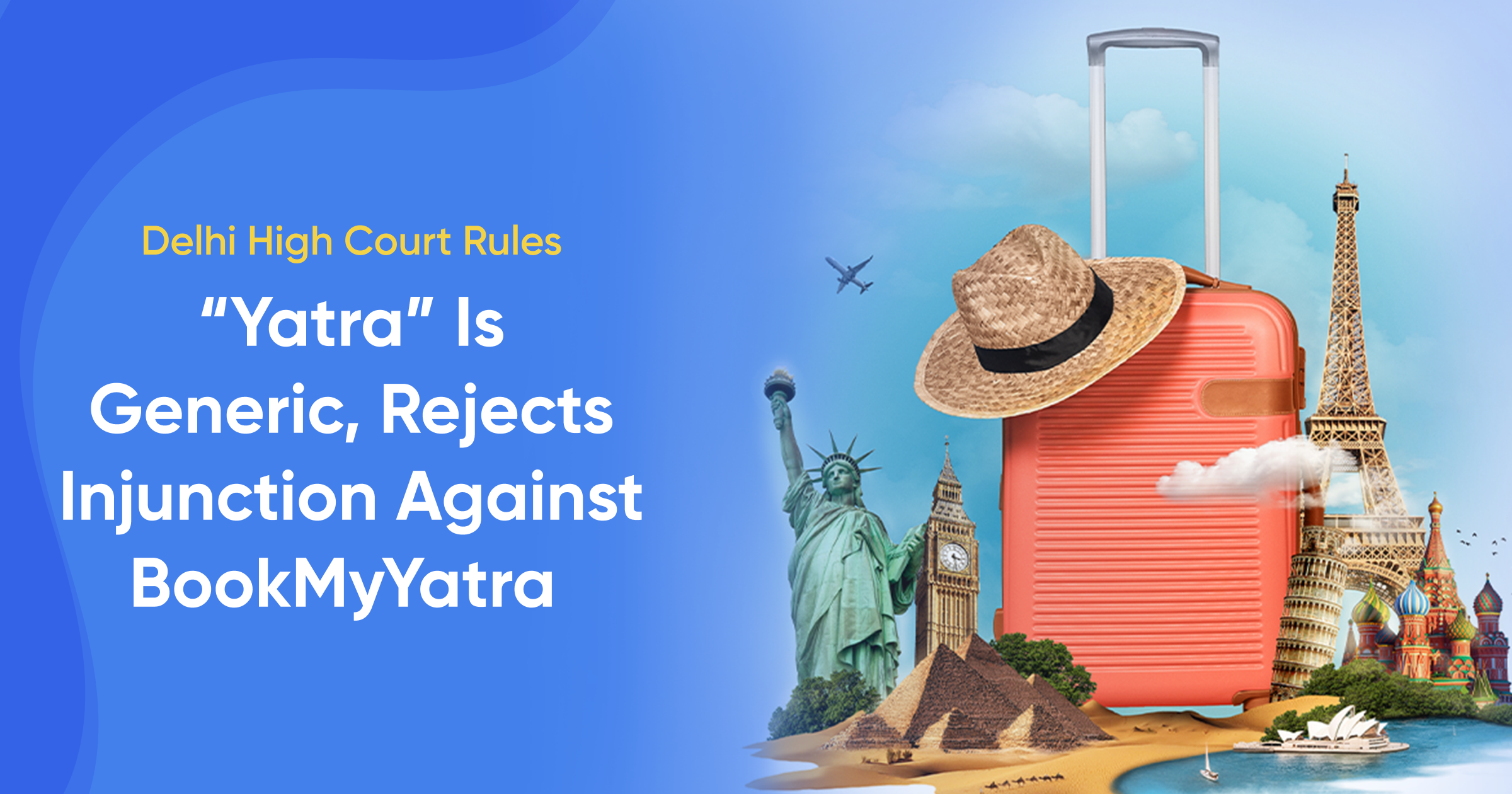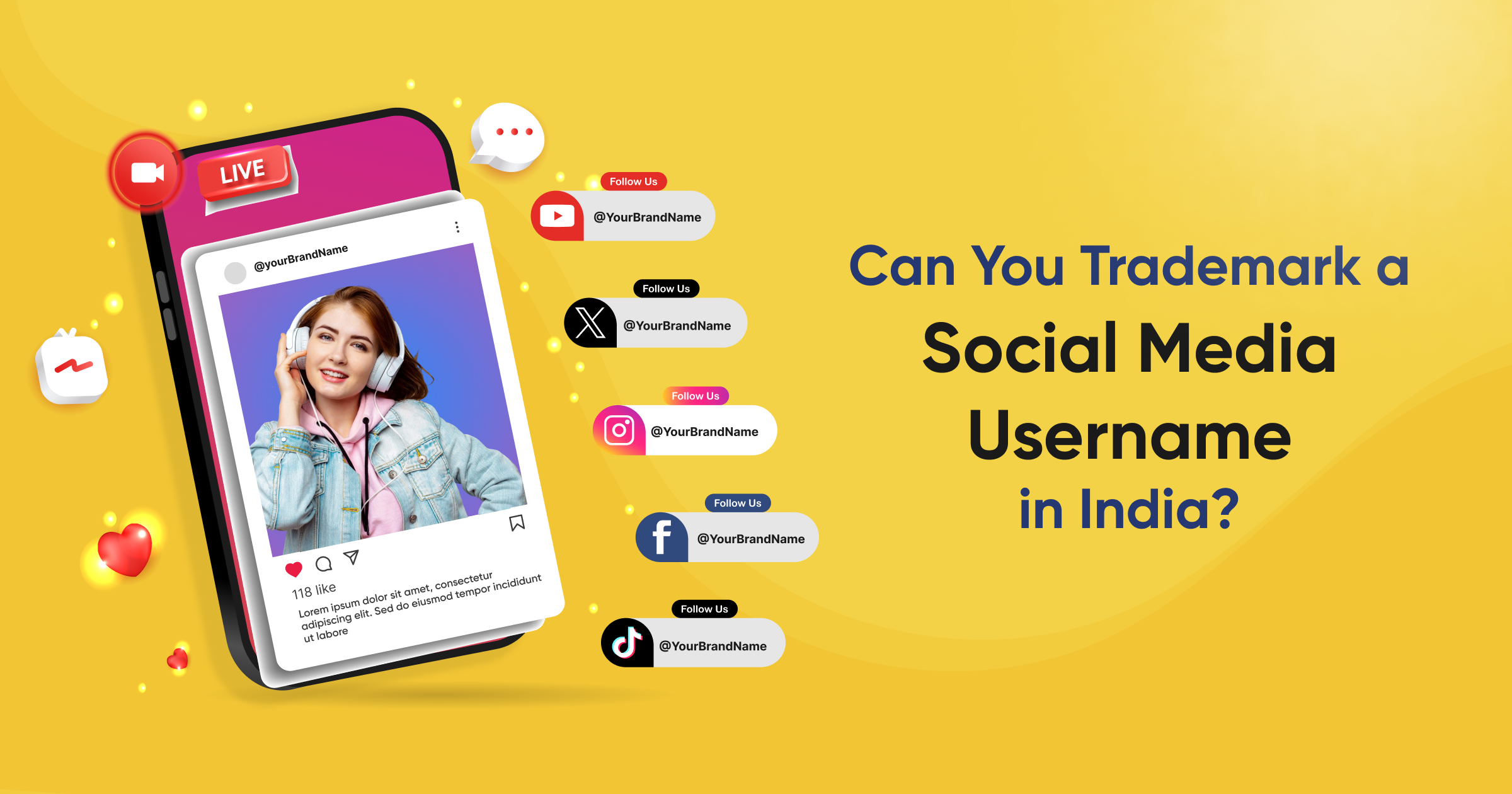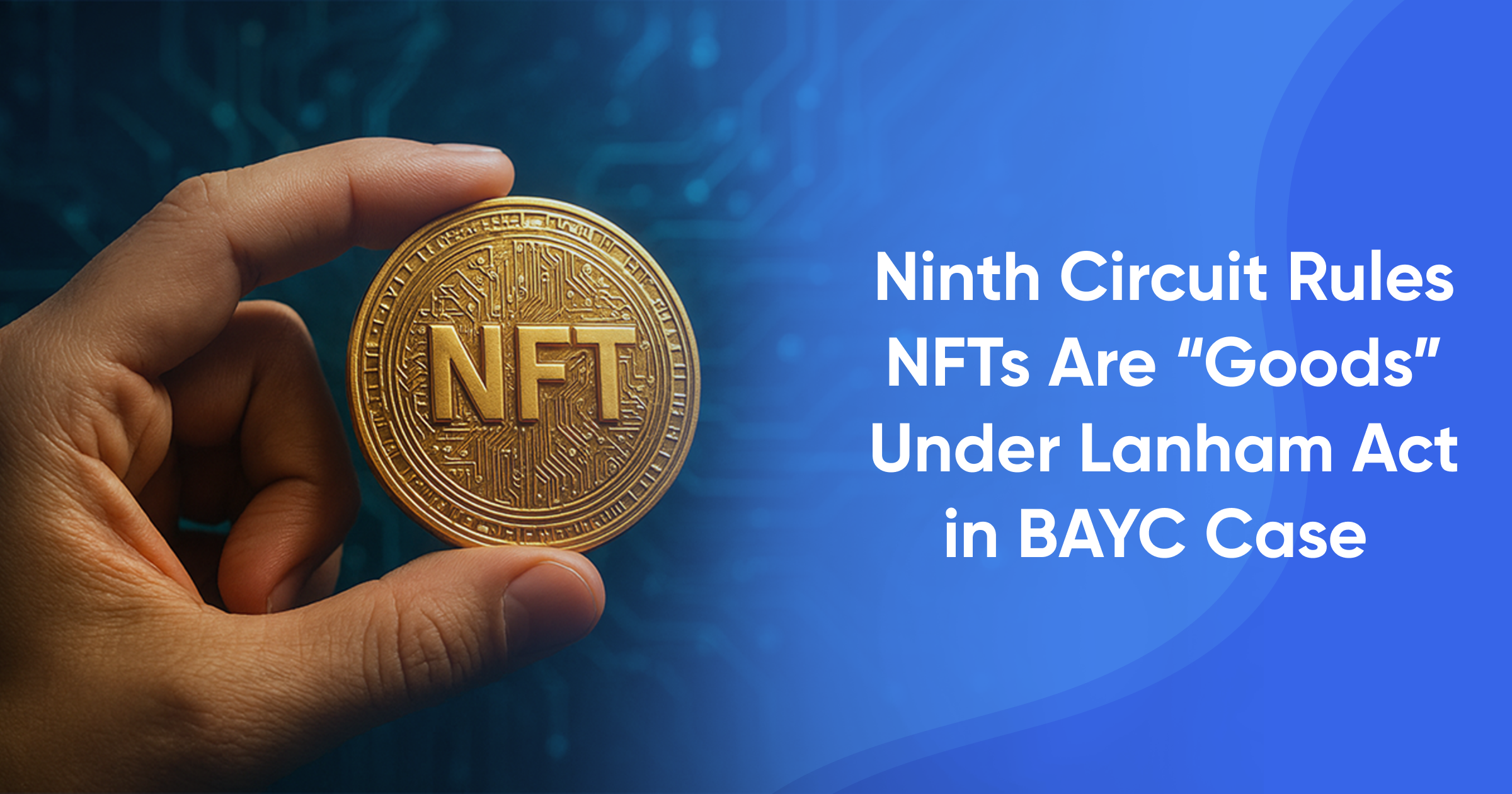You spot them on shelves, screens, and streets - 007, 5 Star, 501. They're just digits, right? Wrong. These numbers aren’t thrown in by accident. They’re intellectual property. A number, when used right, can build a brand, trigger trust, and even get legal protection.
In India, brands like 7 Up is more than a drink. 99acres is more than a real estate platform. 5 Star is more than a chocolate bar. These numbers have turned into symbols of what the brand stands for - taste, quality, and identity. But here’s the big question - How does a plain number - lifeless and generic - turn into a legal weapon?
When is a number trademarkable?
You can't just pick a number and claim it. The law has rules. For a number to qualify as a trademark, it must pass three simple tests:
-
It must be used in business. That means on packaging, ads, or anything that sells your product or service. Not just printed for style. Not just for decoration.
-
It must help people tell your product apart. This is called distinctiveness. If your number blends in with everything else on the shelf, it won’t stand a chance.
-
It should not copy or come close to someone else's trademark - especially in the same industry. No one wants to see a “7 Up” shoe if “7 Up” cold drinks already exist. Section 2(1)(m) of the Trade Marks Act, 1999 says it clearly - A “mark” includes numbers, on their own or with words or symbols. So yes, the law allows you to trademark a number. But just because the law allows it doesn’t mean it’s easy. It all depends on how you use the number - and how the public sees it.
The functionality trap
This is where most brands trip up. Numbers that describe something about the product can’t be trademarked. Why? Because they’re not brands. They’re just facts. Let’s look at a few examples:
- “40%” on a liquor bottle? That tells you the alcohol strength.
- “100ml”? That’s just the quantity inside.
- “500mg”? That’s dosage - especially for medicine or supplements.
These numbers aren’t unique. They don’t point to a brand. They don’t help you stand out. They only inform. And when a number just describes what’s inside, it falls under the fair use doctrine. That means anyone can use it - no one can own it.
So, if your number only tells people something (like strength, size, or amount), it won’t pass as a trademark. To get protection, your number must do more than inform. It has to identify.
Arbitrary numbers
Want strong trademark protection? Choose a number that has nothing to do with your product. These are called arbitrary numbers. They don’t describe. They just stand out. And that’s what makes them powerful.
Let’s take the case of “99” for bicycles – In the Alphavector vs. Sach Industries case, the court said “99” was unusual in the cycle industry. That made it unique - and worth protecting.
The rule is simple: The less meaning a number has in your industry, the more protection you can get. Courts love originality. A number that surprises people - because it doesn’t fit the product - often gets more legal weight. So if you’re choosing a number to trademark, ask yourself: Does it describe anything? If not, you just might have a winner.
Acquired distinctiveness
You don’t always need a flashy number. Sometimes, plain numbers win - if the public knows them as yours. This is called acquired distinctiveness. Also known as secondary meaning. It means the number might have started off dull. But with time and use, it became your brand in people’s minds.
To prove it, you’ll need three things:
- Consistent use over the years. No gaps.
- Visible promotion - ads, packaging, websites, maybe even billboards.
- And most importantly - recognition. People should connect the number to you, not the product type.
If you’ve built that kind of connection, even a basic number can qualify. Take the case of “555” for agarbattis. In Jagan Nath Prem Nath vs. Bhartiya Dhoop Karyalaya, the court said yes - The number had been used long enough and strong enough to be trademark-worthy. The lesson? If your number isn’t unique by design, make it unique by use. Over time, even the dullest digits can become bold.
Strength in numbers
Oddly enough, longer numbers are stronger. Single digits like “5” or “8” face higher scrutiny - they’re easy to replicate, lack distinctiveness, and are commonly used. But the more digits you stack, the more unique your mark becomes. This proves one thing - longer numeral combinations have higher survivability in court.
Descriptive use vs. Trademark use: The 3-part test
Not every number printed on a product is a trademark. Sometimes, it’s just info. Courts make that distinction very clear. And in the Radico Khaitan vs. Carlsberg case, they gave us a 3-part test to tell the difference.
1. Functionality
Does the number explain what the product does? If yes, it’s not a trademark.
- “42%” on a whiskey bottle? That tells you alcohol strength.
- “100mg” on a pill? That’s dosage.
These numbers are functional. They describe - not brand.
2. Placement
Where the number appears matters. If it’s tucked into the corner, small and forgettable - it’s probably just a label. But if it’s bold, front-and-center, right where a brand name usually goes -
that’s a sign of trademark use. If the number grabs attention, it’s trying to act like a brand.
3. Co-branding
Look for what’s next to the number. Is there a logo? A brand name? Or is the number the main character on the label? If you’re using both a brand name and a number, the number may just be descriptive. But if the number stands alone - or takes the spotlight - courts may treat it as a trademark.
Indian jurisprudence: Not always predictable
They don’t just look at the number. They look at the whole picture.
The consumer base
Some products are bought by people who may not read well. Think of bidis, for example. In such markets, numbers become visual markers. A number like “22” can carry brand identity for an audience that goes by sight, not script.
Packaging and trade dress
How your product looks matters. Same number, different design? You might be safe. In one case, “6006” was allowed even though “1001” existed in the same industry. Why? The color schemes, fonts, and label styles were totally different. No confusion = no problem.
Likelihood of confusion
This is the court’s favorite test. Would your number make a customer mistake your product for someone else’s? If yes, you could lose the case. If no, even similar numbers might be allowed.
-
In Vrajlal Manilal vs. Adarsh Bidi, the court protected “22” and stopped “122”.
The reason? Bidis are often sold to semi-literate buyers. A small number change wouldn’t make much difference to them. The court said that could cause confusion - and blocked the newer mark.
-
But in the paint industry, “6006” and “1001” were both allowed. The court said their labels looked too different to confuse anyone.
The big takeaway? It’s never just about the number. It’s about who’s buying, how your product looks, and whether people can tell the difference. That’s why numeral trademarks in India are tricky - not illegal, just unpredictable.
How to trademark a number in India
Ready to turn a number into a brand? Here’s a simple 5-step process to get it done right.
Step 1: Use it like a brand
Don’t wait for the trademark to come through. Start using your number now - loud and proud. Put it on:
- Product labels
- Websites
- Ads
- Social media
- Packaging
The more visible it is, the stronger your case gets. Courts and examiners want to see that your number is part of your brand, not just part of the packaging.
Step 2: Run a trademark search
Before filing, make sure no one else already owns it. Even if your number is different, someone may be using a similar-sounding mark in your industry. A conflict can get your application rejected. Use Trademarkia’s free trademark checker to search for existing marks. It’s fast. It’s simple. And it could save you a legal headache later.
Step 3: File
Once you’re sure your number is available, it’s time to apply. You can file your application:
- Online via the IP India portal
- Or through a trademark attorney who knows the process inside out
Your application should include:
- The exact number you want to trademark
- A description of the goods or services you offer
- The correct trademark class (this is key!)
- Proof of use - ads, labels, website screenshots, or anything that shows your number is already in use
If your number is new and not yet in use, you can file it as a proposed-to-be-used mark - but expect a little more scrutiny.
Step 4: Handle objections (If they come)
The examiner might push back. They may say your number isn’t unique…or sounds too close to something else. Don’t panic. This is common - especially with numeral marks. You’ll get a chance to respond with legal arguments and proof. This is where having a skilled professional makes all the difference.
step 5: Monitor and enforce your trademark
Once your number is registered, your job isn’t over. You now own it - but you also have to protect it. Watch the market. Set up Google alerts. Keep an eye on competitors. If someone else starts using your number - even in a sneaky way - send a warning. And if needed, take legal action to defend your rights. Because a trademark is only as strong as your willingness to enforce it.
India’s Trademark Office is cautious with number-based marks. You’ll need a creative approach, a solid branding strategy, and evidence of use. Don’t leave this to chance.
Brand big - Even if just two digits
A number isn’t just math. In branding, it's memory. Its impact. And most importantly - it's property. Whether you're a startup using “108” to market Ayurveda or a tech firm launching with “404” as a quirky code-brand, a number can tell your whole story. But only if it’s protected. Don’t wait until someone else picks your number and makes it theirs. Our
at Trademarkia handle everything - from search to strategy to filing - for number-based trademarks in India. Let our legal team turn your digits into durable rights.
